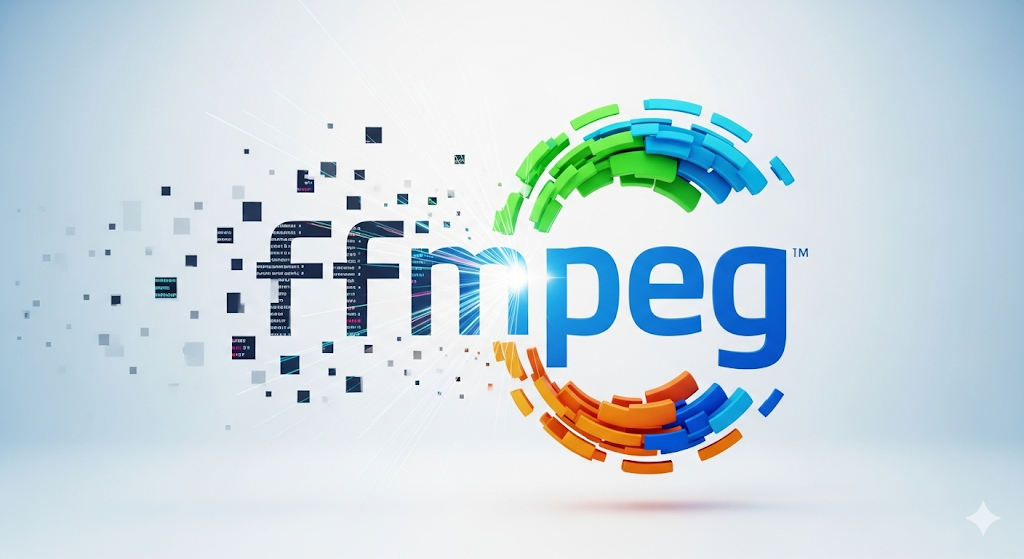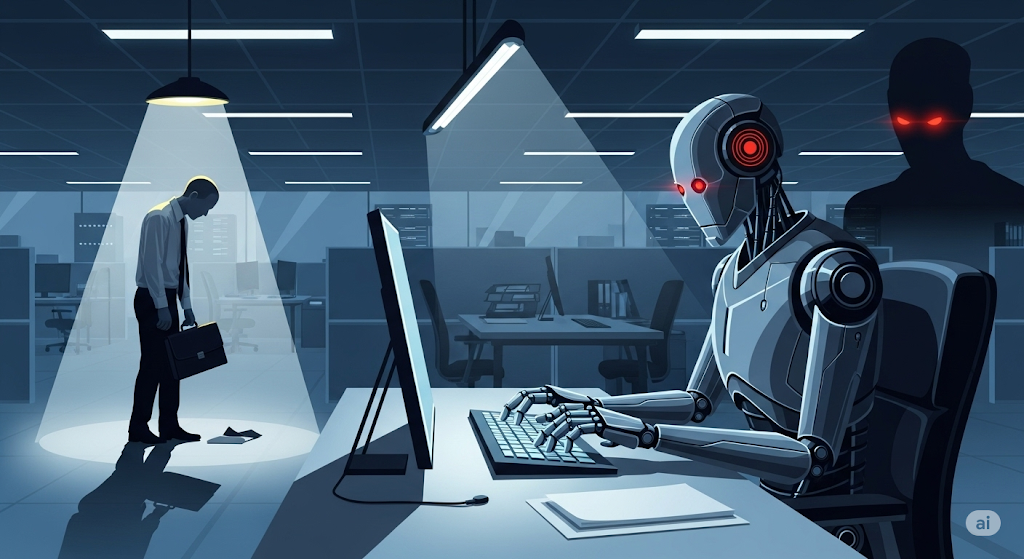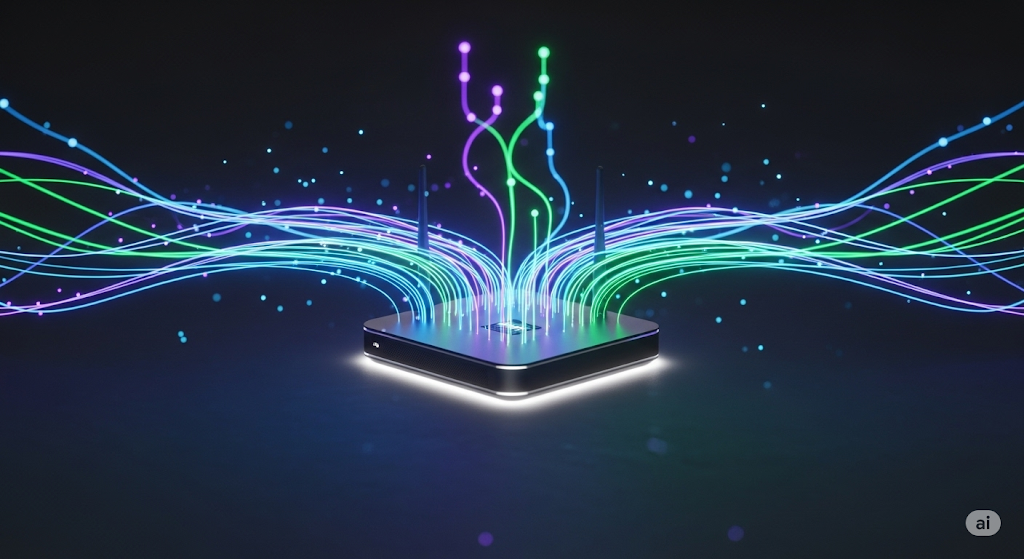Cable TV execs are at it again, repeating the same mistakes that led to cord-cutting in the first place. Now, they’re facing Cord Cutting 2.0 where customers are to ditch not just their TV subscriptions but also their cable internet. Three things they can do to stop this: reassess their pricing models, improve their customer service, and offer more flexible plans.
Let’s be real: cable companies have been gouging customers for years. It’s no wonder people are cutting cords. The average American household pays over $100 a month for internet, which is just ridiculous. Compare that to streaming services like Netflix, Hulu, or Disney+, which offer a ton of content for a fraction of the cost. So, what’s the plan to stop this bleeding? Well, for starters, they could actually start listening to their customers.
One potential impact of Cord Cutting 2.0 is the loss of revenue for cable companies. If they don’t adapt, they’ll be left in the dust. On the other hand, this could be a huge opportunity for streaming services and alternative internet providers to gain traction. Imagine a world where you’re not tied down to a contract or a specific provider; you can just pick and choose the services you want, à la carte.
Historically, the cable industry has been slow to adapt to changes in consumer behavior. Remember when they thought DVRs were the devil? Now, they’re playing catch-up with streaming services. If they don’t get it together, they’ll be left behind again. Consider the ripple effect: if cable companies lose their grip on the market, what happens to the infrastructure they’ve built? Do they just abandon it, or find new ways to utilize it?
The real question is, what’s the value of convenience? Are we willing to pay a premium for it, or do we want to opt for cheaper, more flexible alternatives? As we move towards a more decentralized internet, the options are endless. What if cable companies started offering micro-plans or à la carte services? Maybe that’d be enough to keep customers from jumping ship.
It’s all about fairness and choice. Do we want to be locked into a cable company’s pricing model, or do we want the freedom to choose our own services? The onus is on the cable companies to adapt and evolve. So, the next question is: can they actually change their business model to accommodate the changing times, or are they too far gone?











Leave a Reply